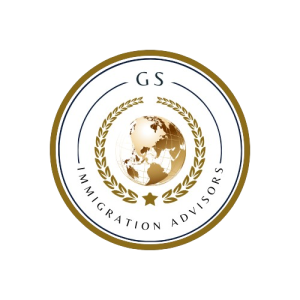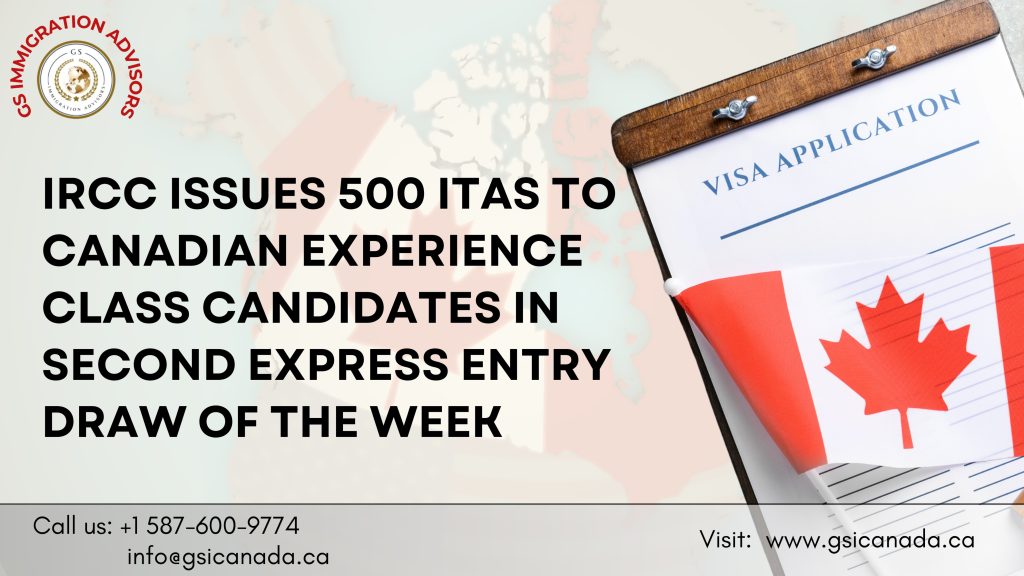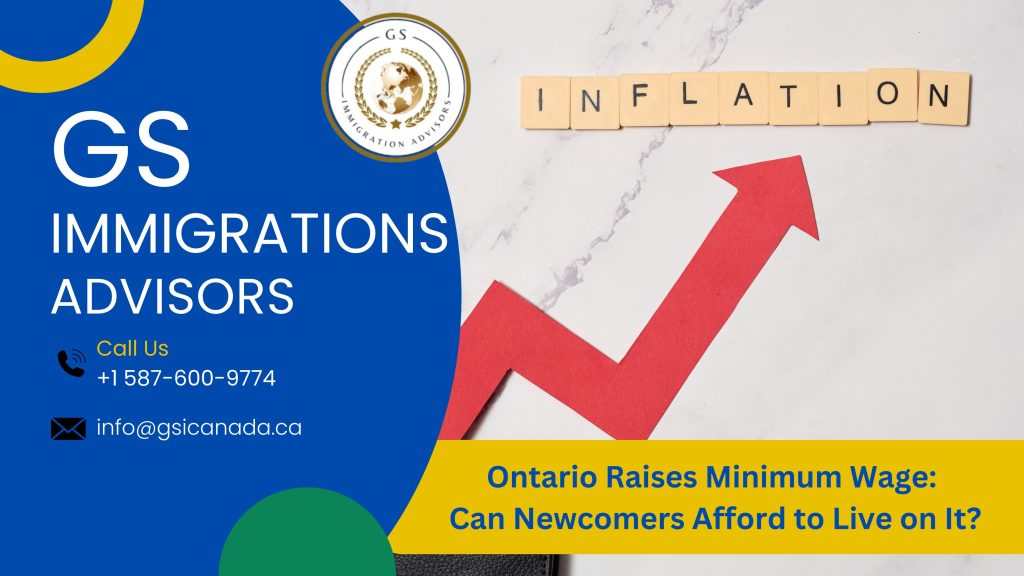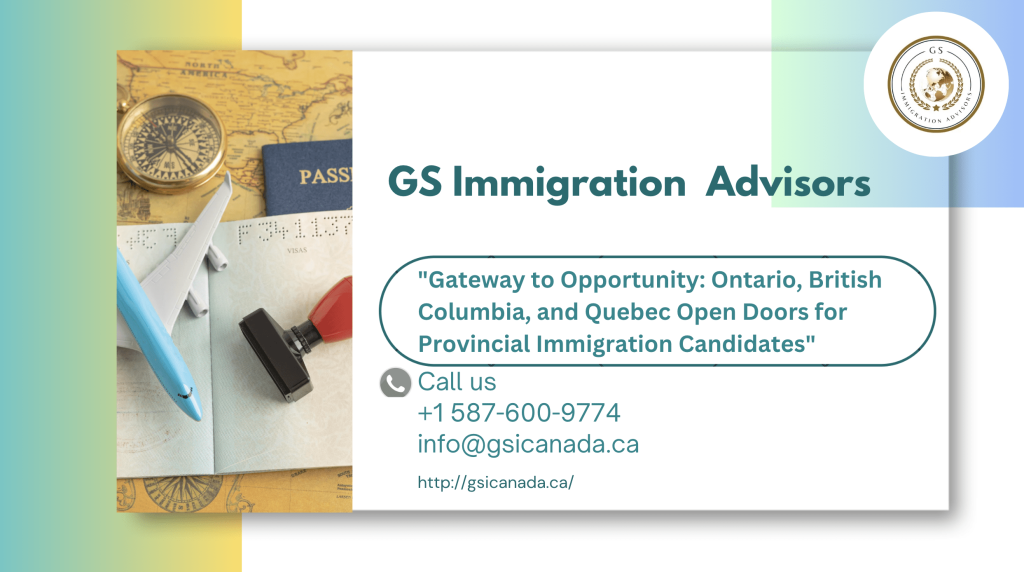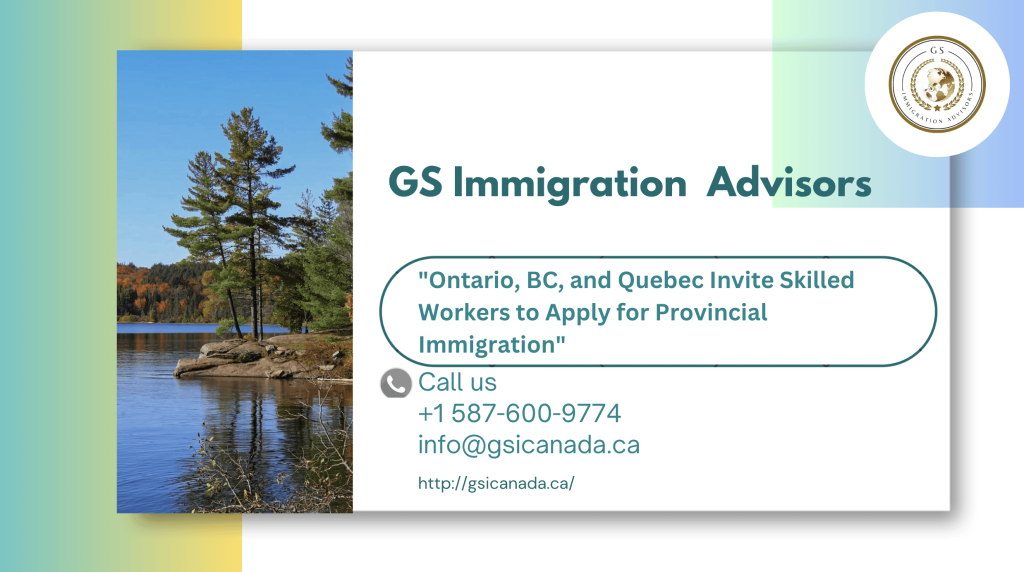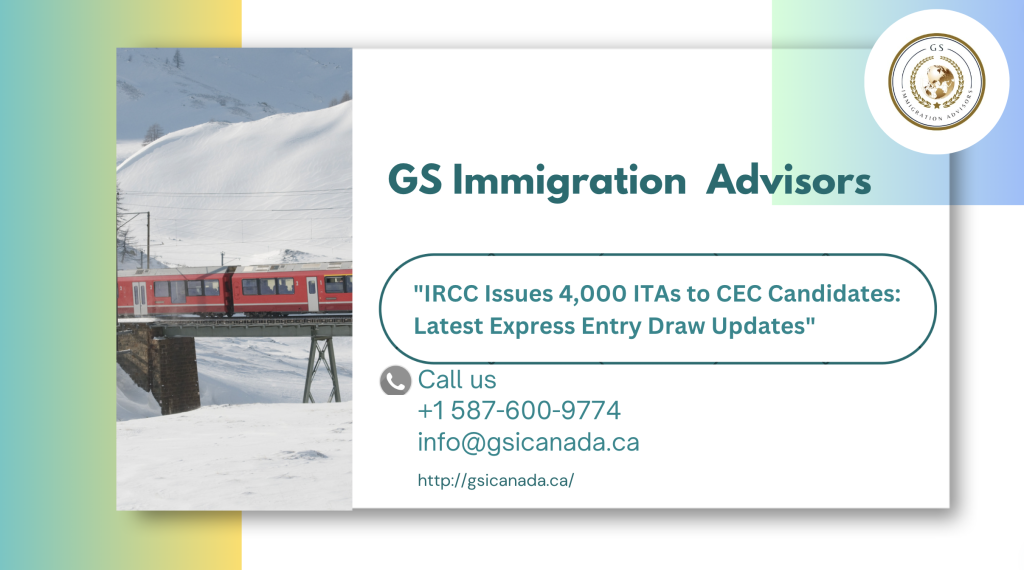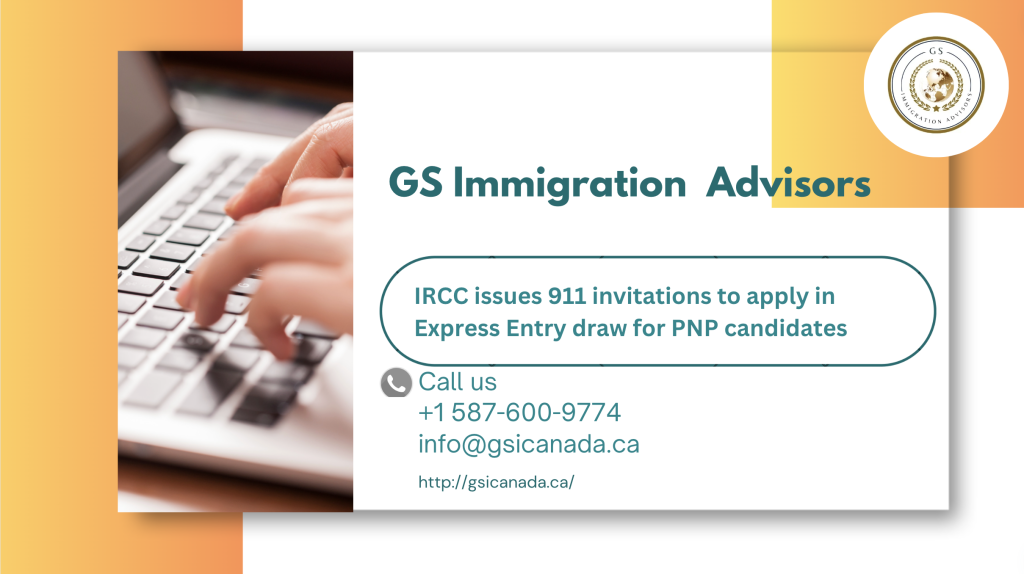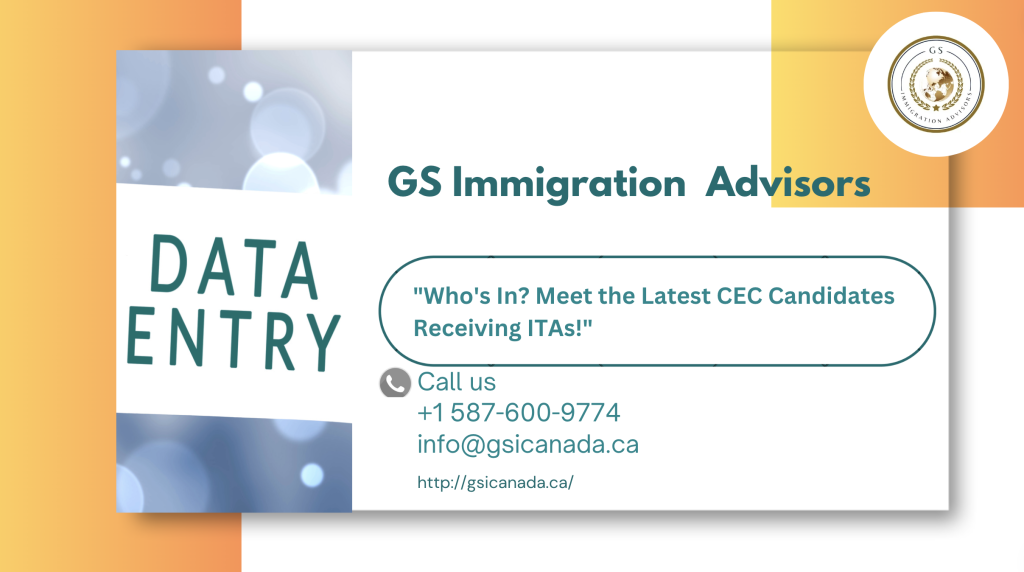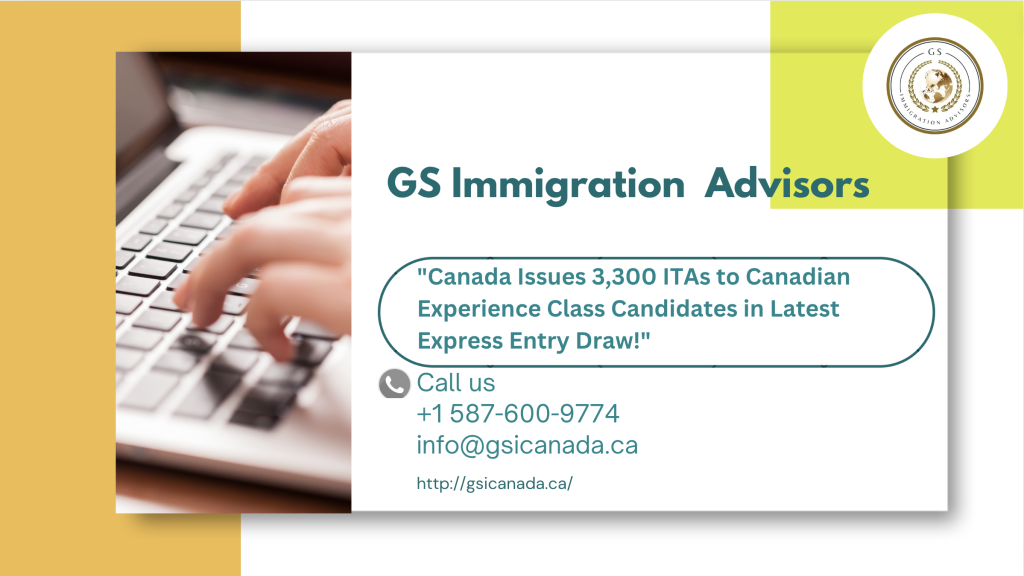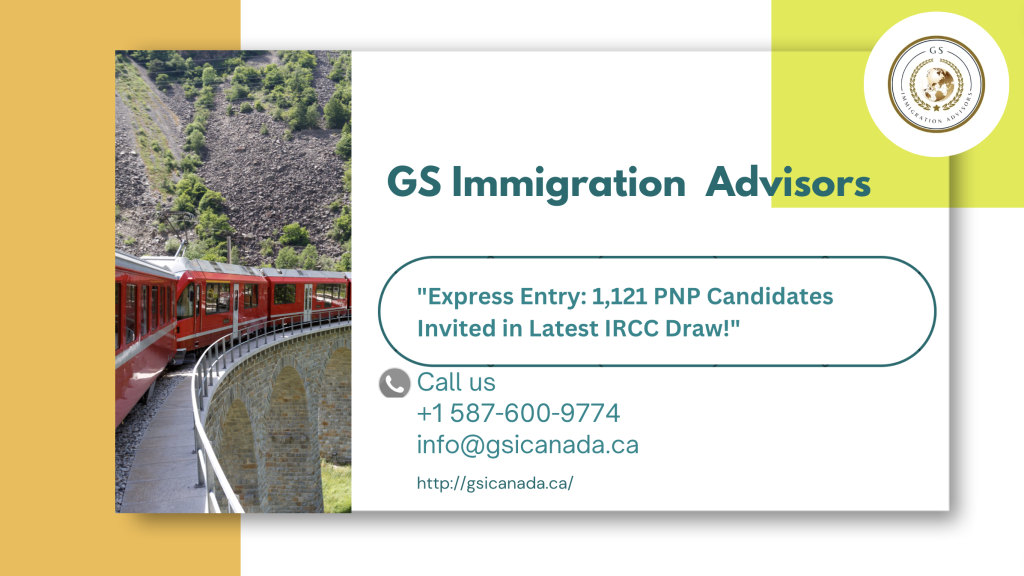IRCC Issues 500 ITAs to Canadian Experience Class Candidates in Second Express Entry Draw of the Week
Immigration, Refugees, and Citizenship Canada (IRCC) has recently conducted an Express Entry draw, issuing 500 Invitations to Apply (ITAs) to candidates under the Canadian Experience Class (CEC) category. In this draw, candidates needed a minimum Comprehensive Ranking System (CRS) score of 539 to be eligible for consideration. Earlier in the week, IRCC held another draw, issuing 1,613 ITAs to Express Entry candidates with Provincial Nominee Program (PNP) nominations. In that round, candidates were required to have a higher CRS score of at least 739. Get a Free Express Entry Assessment Looking back, the most recent Express Entry draw before these occurred on September 19, when 4,000 ITAs were extended to CEC candidates with a minimum CRS score of 509. This was a slight increase from the previous CEC draw on August 27, where the cut-off was 507. Over the summer, IRCC has been conducting more CEC-specific draws, issuing a total of 21,800 ITAs to Canadian Experience Class candidates since July. This approach aligns with IRCC’s strategy to increase “domestic” draws, aiming to reduce the number of temporary residents and meet the country’s annual permanent residency targets. Today’s draw is the second held this month, while last October, IRCC conducted four draws, issuing a total of 9,173 invitations. What is Express Entry? Launched in 2015, Express Entry is a system designed by IRCC to manage applications for economic immigration. The primary goal of Express Entry is to select candidates who can fill critical labor shortages in Canada. Three main programs are managed under Express Entry: Federal Skilled Worker Program (FSWP) Federal Skilled Trades Program (FSTP) Canadian Experience Class (CEC) The system uses the Comprehensive Ranking System (CRS) to evaluate candidates based on various human capital factors such as work experience, age, language proficiency, education, and occupation. Additional points can also be awarded if a candidate is immigrating with a spouse or partner, has a sibling in Canada, or possesses Canadian work experience or education. The higher a candidate’s CRS score, the better their chances of receiving an ITA in future Express Entry draws, depending on the specific draw type. Category-Based Selection In May 2023, IRCC introduced category-based selection draws, where CRS cut-off scores tend to be lower compared to other draw types. These targeted draws aim to address critical labor force gaps and demographic needs. The six key categories are: Healthcare Science, technology, engineering, and mathematics (STEM) professions Trades Transport Agriculture and agri-food French language proficiency These categories were chosen based on extensive consultations with stakeholders and an analysis of labor market needs. IRCC also aims to ensure that 6% of all newcomers are admitted to French-speaking minority communities outside Quebec. Although CRS scores in category-based draws are generally lower, candidates must still have a profile in the Express Entry pool, and a higher score remains an advantage in securing an ITA. Summary of Express Entry draw results in 2024 Date Draw Type Number of ITAs Minimum CRS October 7 Provincial Nominee Program 1,613 743 September 19 Canadian Experience Class 4,000 509 September 13 French language proficiency 1,000 446 September 9 Provincial Nominee Program 911 732 August 27 Canadian Experience Class 3,300 507 August 26 Provincial Nominee Program 1,121 694 August 15 French language proficiency 2,000 394 August 14 Canadian Experience Class 3,200 509 August 13 Provincial Nominee Program 763 690 July 31 Canadian Experience Class 5,000 510 July 30 Provincial Nominee Program 964 686 July 18 French language proficiency 1,800 400 July 17 Canadian Experience Class 6,300 515 July 16 Provincial Nominee Program 1,391 670 July 8 French proficiency 3,200 420 July 5 Healthcare occupations 3,750 445 July 4 Trade occupations 1,800 436 July 2 Provincial Nominee Program 920 739 June 19 Provincial Nominee Program 1,499 663 May 31 Canadian Experience Class 3,000 522 May 30 Provincial Nominee Program 2,985 676 April 24 French proficiency 1,400 410 April 23 General 2,095 529 April 11 STEM occupations 4,500 491 April 10 General 1,280 549 March 26 French language proficiency 1,500 388 March 25 General 1,980 524 March 13 Transport occupations 975 430 March 12 General 2,850 525 February 29 French language proficiency 2,500 336 February 28 General 1,470 534 February 16 Agriculture and agri-food occupations 150 437 February 14 Healthcare occupations 3,500 422 February 13 General 1,490 535 February 1 French language proficiency 7,000 365 January 31 General 730 541 January 23 General 1,040 543 January 10 General 1,510 546 Get a Free Express Entry Assessment
